The tiny home movement has really taken off lately, offering a simple lifestyle focused on minimalism, sustainability, and financial freedom.
As we make our way through 2025, some cool new trends are changing how tiny living looks and feels.
This guide covers all the latest trends, costs, and helpful tips for anyone curious about the tiny home lifestyle.
Sustainable and Off-Grid
Sustainability has been a big part of tiny home living in 2025. People are substantially moving away from mainlining their lives off-grid, producing renewable energy sources, recycling water, and even composting toilets.
New, much lighter solar panels have come down in price, making them less difficult to access for an increasing number of people using solar energy where sunlight is less abundant.
Innovative water recycling systems are coming up which would enable an efficient reuse of gray water into the house. This would drastically reduce the amount of fresh water consumed through recycling for toilets and garden irrigation.
How Technology Helps Tiny Living
Technology continues to make tiny homes smarter and more livable while AI-powered heating and cooling systems are now learning automatically to adjust to the individual’s temperature preference according to the current weather conditions, thus maintaining comfort while saving energy.
Dynamically motorized furniture and intelligent storage solutions change to maximize space usability, increasing convenience and maintaining order in constricted living spaces.
Built-in small-scale cameras and motion detectors form the tiny, high-tech security systems which can be found for enhanced safety without compromising the streamline aesthetics of a tiny home.
Luxury in Small Spaces
There are many tiny homes showcasing how luxury can be incorporated into these small house settings. The modern tiny house comes with high-end materials, fabulous finishes, and innovative designs that merge the most functional with the most elegant to immediately raise any standard of living into an entirely new level.
Extras like rooftop decks, glass sunrooms, and spacious outdoor porches are also becoming popular, blending indoor comfort with outdoor living.
Growing Market and Its Impact The tiny home market is booming. Technavio forecasts that the global tiny home market will expand by $3.71 billion between 2025 and 2029, achieving an annual growth rate of approximately 4.45%. This growth is mainly because traditional housing costs are high, people care more about sustainable living, and there’s a big draw towards financial freedom.
The Real Cost of Tiny Homes in 2025Knowing the costs involved in tiny living helps a lot. Here’s what it typically costs to build or buy a tiny home:
Average Costs by Size:
100 sq. ft.: around $28,000 (ranges from $16,000 to $40,000)
200 sq. ft.: about $56,000 (ranges from $32,000 to $80,000)
300 sq. ft.: approximately $84,000 (ranges from $48,000 to $120,000)
400 sq. ft.: roughly $112,000 (ranges from $64,000 to $160,000)
500 sq. ft.: about $140,000 (ranges from $80,000 to $200,000)
600 sq. ft.: around $168,000 (ranges from $96,000 to $240,000)
Year-by-Year Price Comparisons:
2022: Tiny home – $67,000 | Traditional home – $513,400
2024: Tiny home – $46,670 | Traditional home – Data not available
2025: Tiny home – $46,670 | Traditional home – Data not available
Clearly, tiny homes offer a more affordable option compared to regular houses.
Prefab Tiny Homes Are Popular Prefabricated tiny homes are getting attention because they’re convenient and budget-friendly. Even Amazon now sells prefab tiny homes at different price points.
For example, Amazon offers a two-story tiny home priced at $50,000. It has 1,000 sq. ft. of space with three bedrooms and two bathrooms, plus energy-efficient features and modern comforts, making it an attractive choice for many homebuyers.


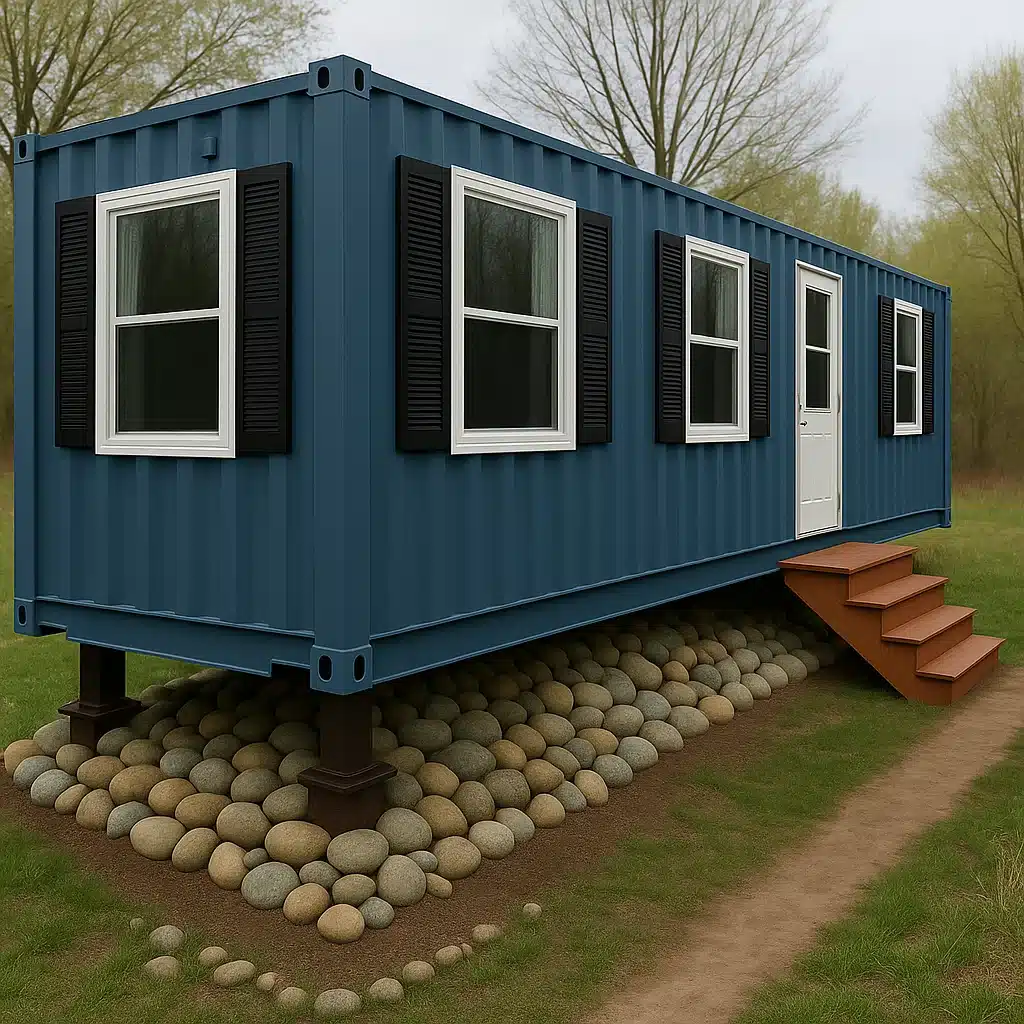
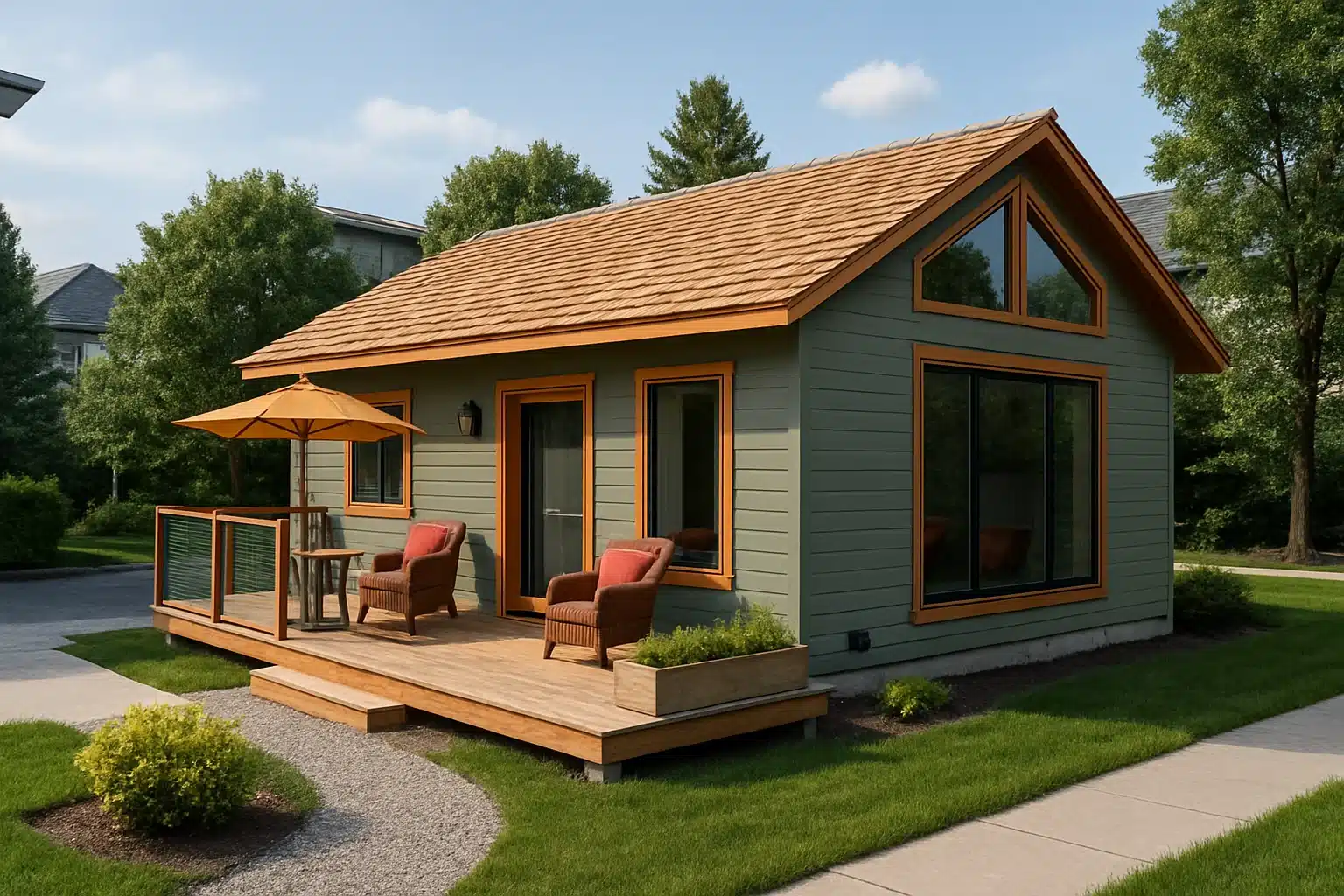

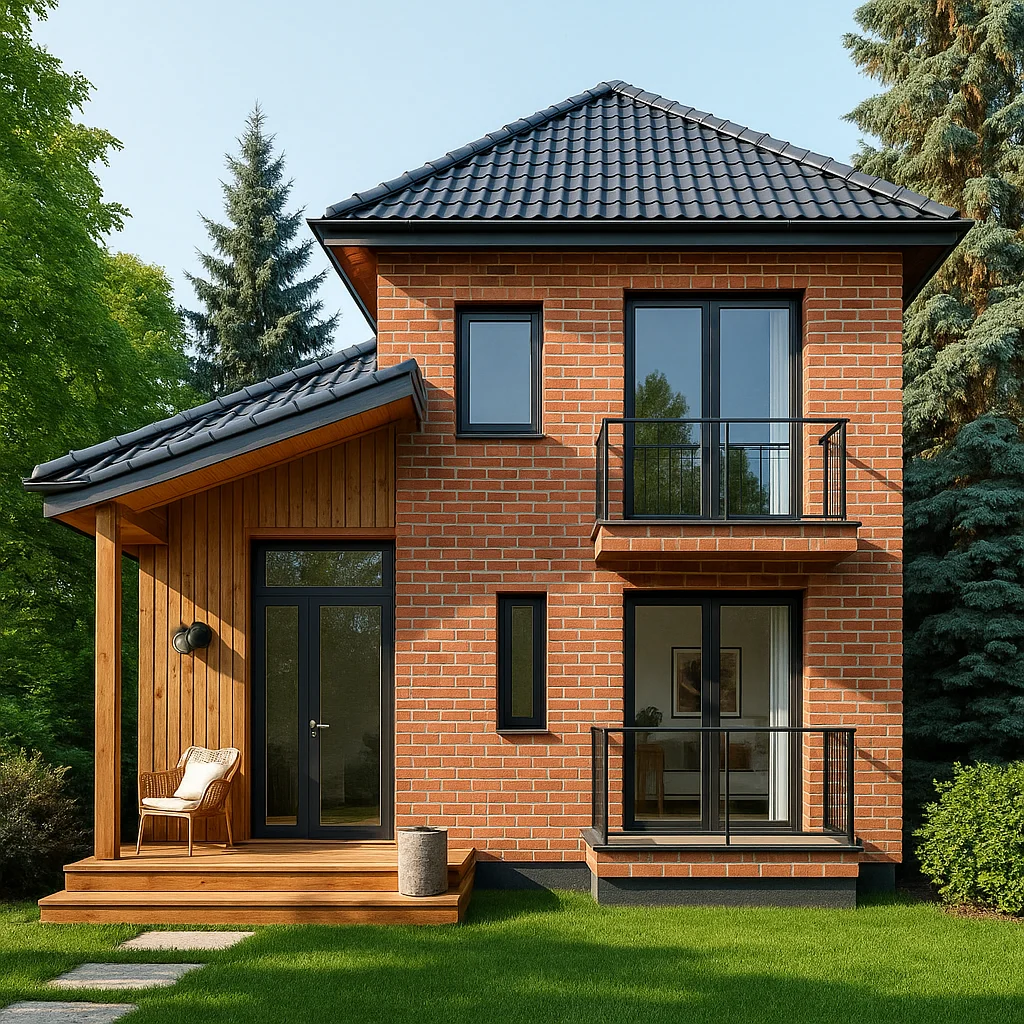
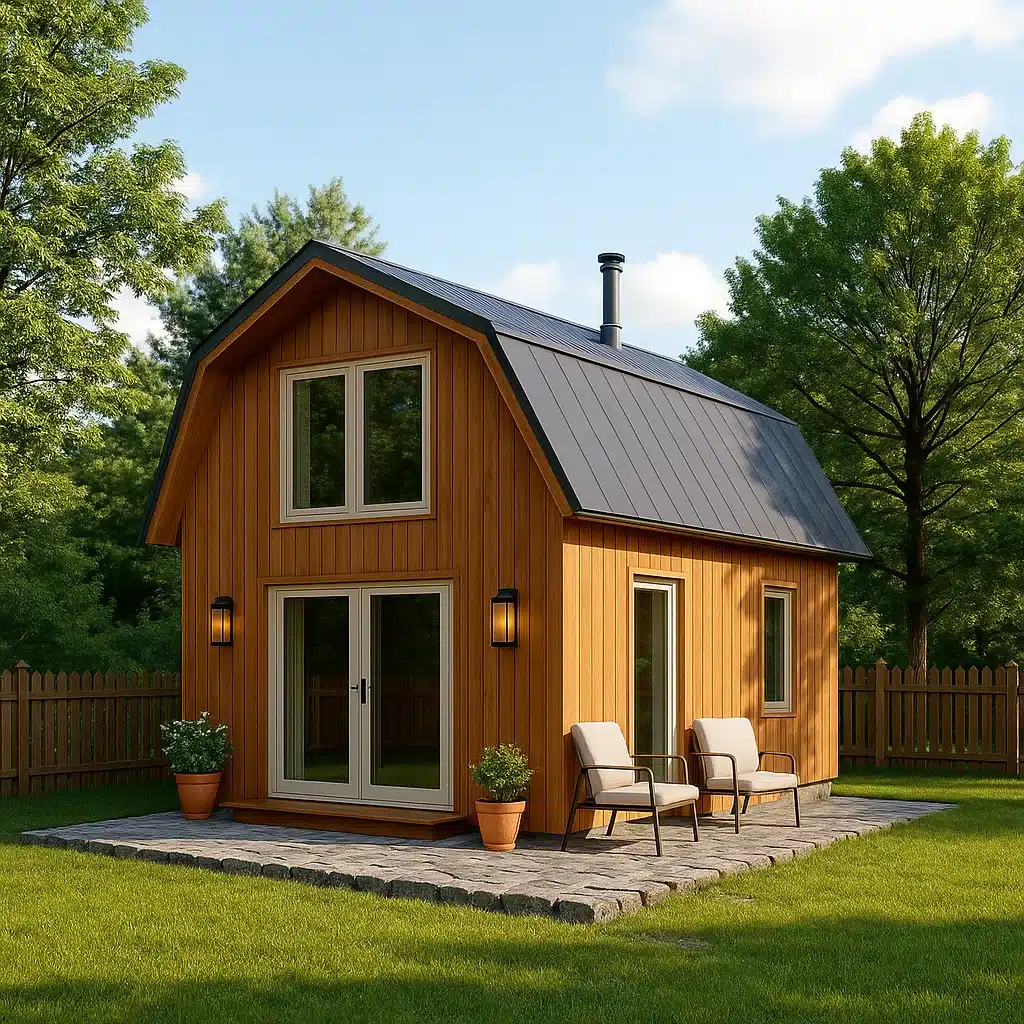
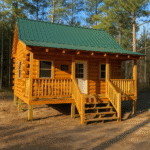
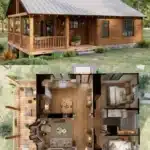
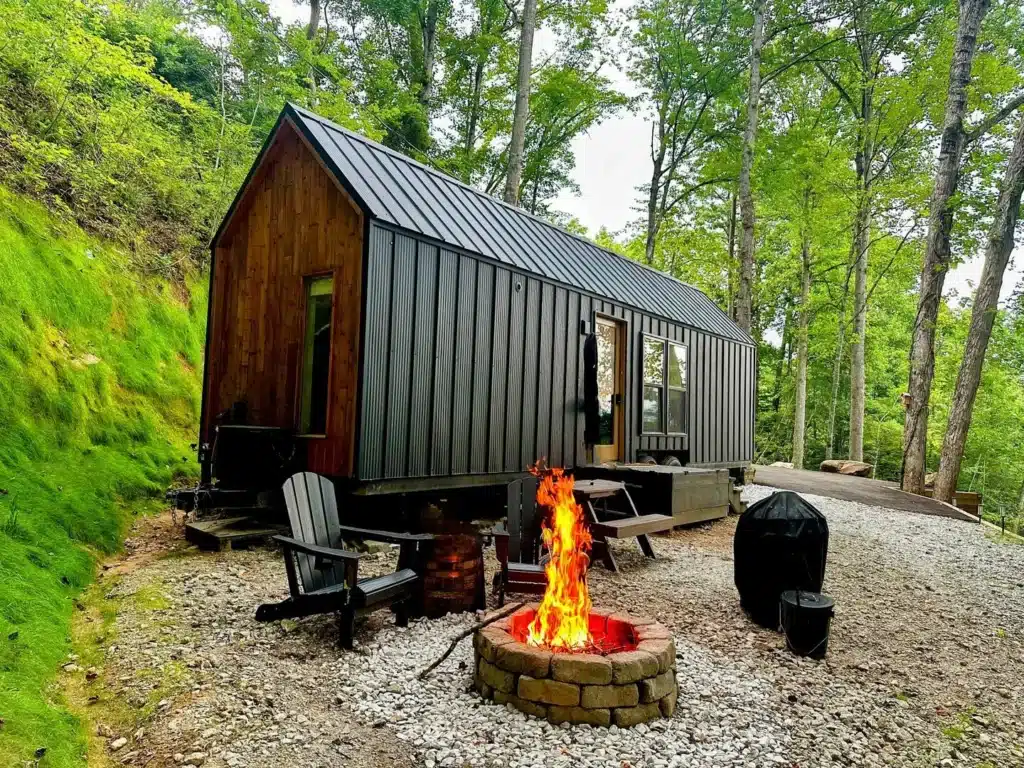
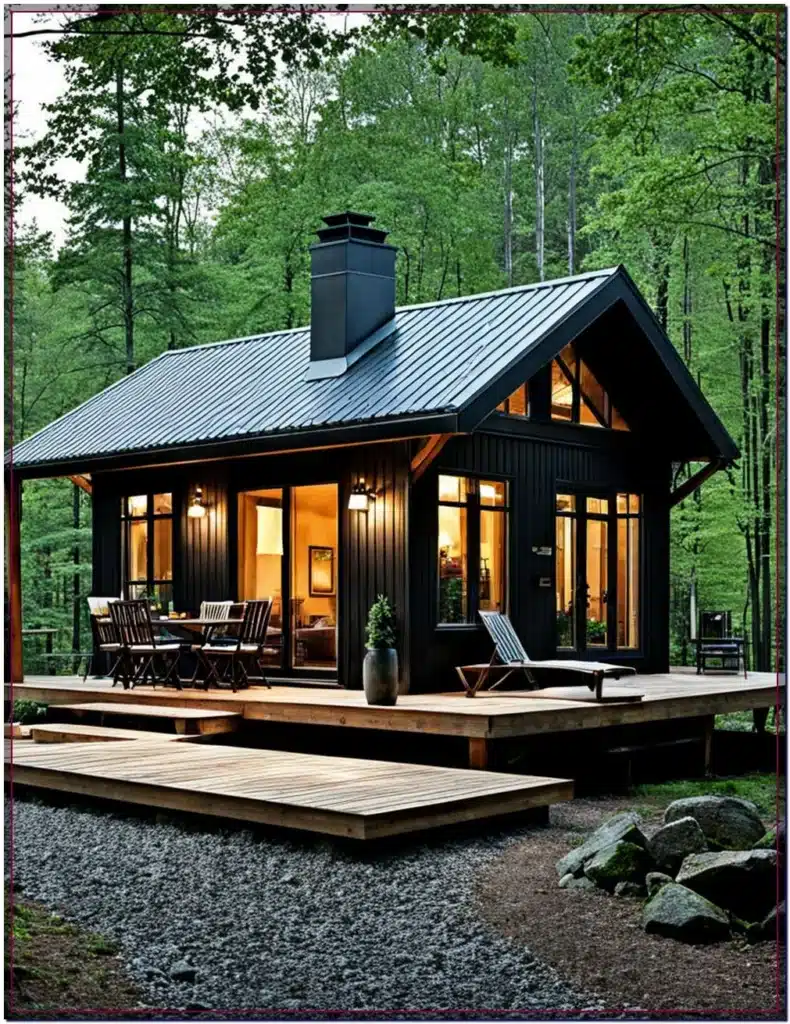
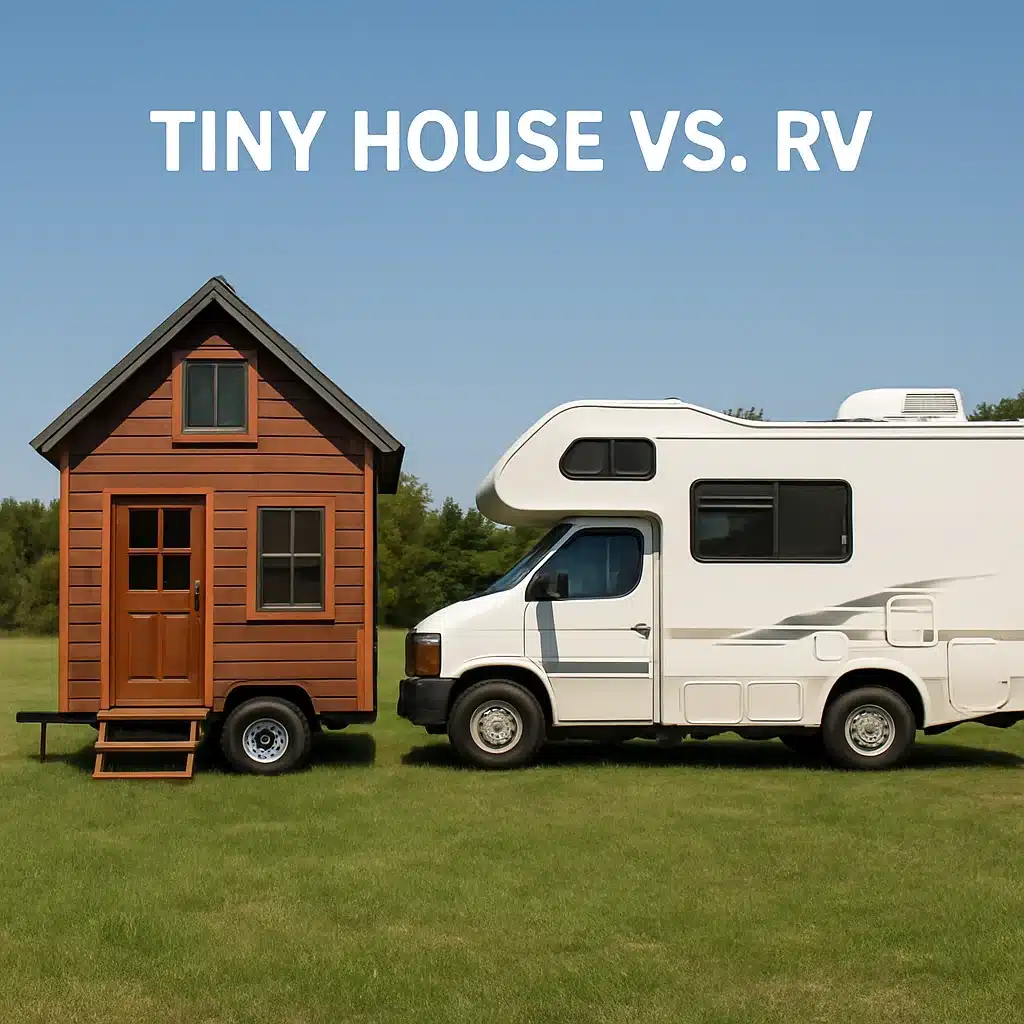
Beautiful